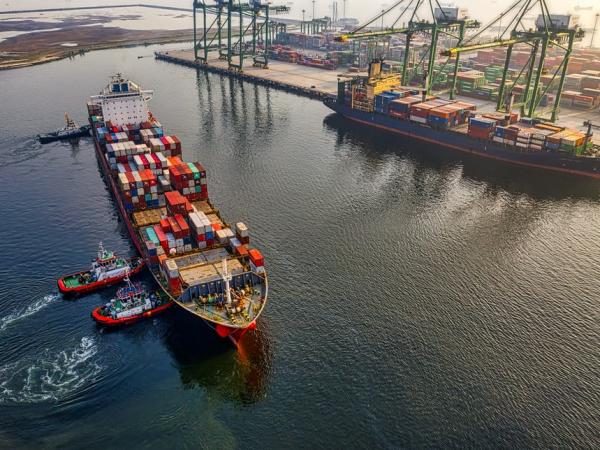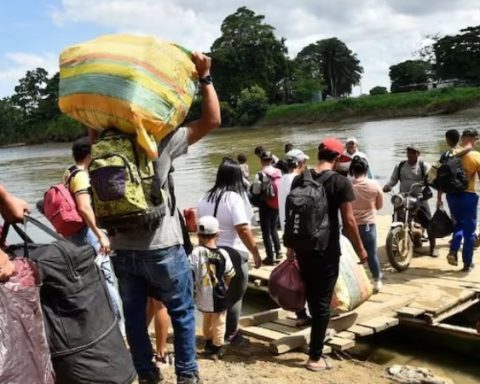Purchases of Christmas and New Years they are more expensive in some imported products or that require inputs to finish their production locally. From automobiles, household appliances and technology equipment, to toys, video game consoles, shoes and kitchen elements, these are some of the examples of the items that have been affected by the increase in logistics costs due to the crisis in the supply chains. global.
(See: Inflation in the US reached 6.8%, the highest in the last 39 years).
The crisis occurred because of the various operational disturbances generated by the covid-19 pandemic, which initially led to the closure of the main ports and industries; and then to a reactivation that exceeded production capacity due to biosanitary protocols, the availability of containers and trucks, port congestion, consumer appetite for new products, among other linked factors that today are reflected in shortages, higher costs and prices. , inflation and a threat to the recovery of the economies.
“We must do everything possible to lessen its effects on trade, especially for small businesses around the world.”Said Anabel González, Deputy Director General of the World Trade Organization (WTO). “This is of the utmost importance for all countries, particularly the poorest, to boost the post-pandemic economic recovery. It is equally important to learn lessons from COVID in order to avoid similar shipping disruptions in the future. Therefore, it is necessary to study how to promote the resilience of supply chains and what policies are needed for this purpose.”He added.
(See: Apple, at the level of countries that are world power).
The situation has the authorities on alert due to the impacts generated in exports and imports, to such an extent that the Director General of the WTO, Ngozi Okonjo-Iweala, recently urged governments and companies to “to persevere in their efforts to identify obstacles in the supply chain and implement measures to mitigate their effects on trade“, to look at “improve the resilience of global supply chains”.
Latin america and the caribbean They are not alien to this problem, so they can also take advantage of it to increase their participation in global value chains. “This crisis presents the opportunity to transform regional supply chains through strategic actions in four major areas: Resilience, via adaptation and risk management plans and programs; Regionalization, via decisions of regionalization and relocation of operations; Digitization, via investment in advanced data analysis systems that provide total visibility of the chain; Talent management, via retention and recruitment of human resources for the challenges of Industry 4.0”, Explains Rafael Farromeque, senior specialist at CAF -development bank of Latin America.
(See: UAE will have a 4.5 day work week).
To transform this crisis into an opportunity requires a comprehensive and multisectoral strategy. Integration logistics corridors emerge as a useful tool to identify needs and propose solutions for the different productive sectors with the participation of various actors., including the public sector, suppliers of inputs and raw materials located in the area of influence of the corridor and actors related to the manufacturing and distribution processes that make up the main value chains.
“CAF promotes a systemic treatment of integration logistics corridors that entails priority interventions on support infrastructures, associated services, governance, and other elements associated with their physical, functional and digital integration. This strategy has been successfully applied in the North of Argentina (2018), in Ecuador (2019) and in Mexico (2021), resulting in the identification of investment projects for regional integration for more than USD 6.8 billion.”, Added Farromeque.
(See: How much would it cost to save the world economy?).
The damage is done. The impact on global supply chains as well as the pandemic are a reality that cannot be changed; But the good news is that the risks of having suppliers so far away were evident, and that is the opportunity that the region can take advantage of with territorial specialization to join the production and distribution networks.
CAF
*Development Visions is a section promoted by CAF (Development Bank of Latin America) that analyzes the main development issues in the region.

















